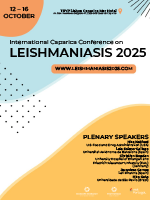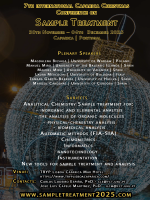Ultrasound-Assisted Extraction- and Liquid Chromatography-Based Method Development and Validation for Obtaining and Qualitative Determination of Apple Pomace Three Triterpene Acids using Analytical Quality by Design
DOI:
https://doi.org/10.5584/jiomics.v14i2.232Keywords:
Ultrasound-assisted extraction, HPLC, Validation, Triterpene acidsAbstract
Background: Apple pomace has garnered significant attention within the life sciences domain due to its underutilized status as a waste material from apple processing. It represents a cost-effective and abundant source of triterpene acids due to its multifunctional clinical, nutritional, and pharmaceutical benefits.
Purpose: The present study aimed to develop and validate a new, selective, effective, robust and reproducible laboratory methodology based on extraction, purification and analytical procedures to obtain and determining three major triterpene acids – Ursolic acid (UA), Oleanolic acid (OA) and Betulinic acid (BA) into the dry extracted product from apple pomace.
Method: A new, cost-efficient, rapid, selective and high-yield two-stage ultrasound-assisted extraction procedure was developed and the effect of critical parameters: ultrasonic power, extraction time, solvent volume, temperature, and the amount of raw material on the extraction process were investigated. The dry column vacuum chromatography technique was used for purification to remove unwanted non-polar and polar impurities from the target bioactive compounds; A new, effective, specific, sensitive, and rapid HPLC analytical procedure was developed using analytical quality by design (AQbD) approach and validated according to ICH guidelines.
Conclusion: The method has a good accuracy (the mean recovery >95 %) and linearity (R2>0.999). The limit of quantitation (LOQ) is 0.0001 mg/mL for UA, 0.00005 mg/mL for OA and 0.000025 mg/mL for BA. The validation results confirm that the method is specific, precise and robust. The purity of the extracted and purified target product from apple pomace is not less than 93 %. The developed laboratory methodology is capable of being considered for industrial purposes and through the appropriate technology transfer process can be successfully transferred to the industrial scale.
Downloads
Published
Issue
Section
License
Copyright (c) 2024 Journal of Integrated OMICS

This work is licensed under a Creative Commons Attribution 4.0 International License.








